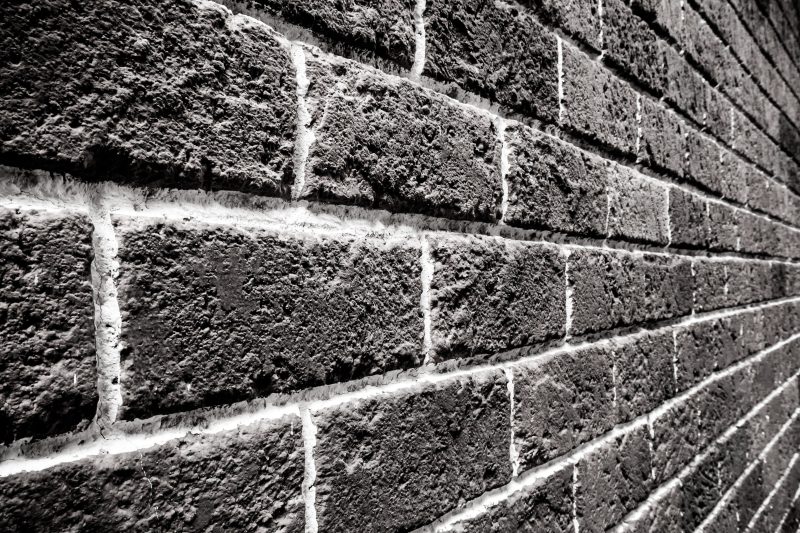Structural Engineering Considerations for Gravity-Type Keystone Retaining Walls
20 October 2023
Uncover structural engineering considerations for gravity-type Keystone retaining walls. Work with Stride Consulting Engineers today! Call us at 0431 008 055.
Retaining walls are significant structures that serve a variety of purposes. Some are utilised for soil stabilisation, while others are meant for erosion control. Retaining walls can even be used for land optimisation. Among the diverse types of retaining walls, gravity-type Keystone retaining walls stand out for their unique design and the structural engineering principles underpinning their stability.
The Essence of Gravity-type Keystone Retaining Walls
Gravity-type Keystone retaining walls are a type of segmented retaining wall system that relies on their mass and interlocking features to resist the lateral pressure of soil.
The primary components of these retaining walls are concrete blocks or segments with a trapezoidal shape as well as a mechanical connection system that often employs pins or clips to secure the blocks together. The weight of the blocks and their geometry ensure these walls can resist the forces acting upon them, which makes them effective for landscaping, infrastructure, and commercial development.
Numerous advantages can be expected out of gravity-type Keystone retaining walls. First, they can be relatively easy to install, reducing construction time and labour costs. These walls may be more cost-effective compared to other retaining wall systems. They even come in various textures and colours, allowing for aesthetically pleasing wall designs.
Key Structural Engineering Factors for Retaining Walls
At Stride Consulting Engineers, we ensure gravity-type Keystone retaining walls will be designed effectively to make them last for a long time. Our team integrate structural engineering principles to plan and design these walls without any compromises. Some of these principles are as follows.
- Block Specifications: The choice of Keystone blocks is critical. Their size, shape, and material must fit the requirements of the retaining wall, considering factors like soil type and wall height.
- Stable Foundation: A stable foundation is also essential. The wall must be built on an adequately prepared subbase to prevent settling or tilting over time.
- Wall Geometry: The trapezoidal shape of Keystone blocks is designed to create interlock and resist soil pressure. The wall’s geometry and batter should align with engineering specifications.
- Drainage: Adequate drainage behind the wall is also significant to prevent hydrostatic pressure buildup that can often compromise stability. Proper drainage systems must be designed and built to manage water flow effectively.
- Reinforcement: Taller walls or those subjected to heavy loads may take advantage of reinforced geogrid materials to enhance wall stability and load-bearing capacity.
- Backfill Material: The type and compaction of the backfill material must also be considered. Appropriate materials and compaction methods ensure uniform pressure against the wall.
- Surcharge Loads: If the retaining wall will be subject to surcharge loads like vehicles or buildings nearby, they must be factored into the wall’s design to ensure it can withstand the added pressure.
Gravity-type Keystone retaining walls are versatile and structurally sound solutions for a wide range of applications. Their design principles, rooted in sound engineering practices, ensure stability and longevity, making them a popular choice in the field of civil engineering and construction. When considering a retaining wall project, consult with Stride Consulting Engineers to meet your needs.
